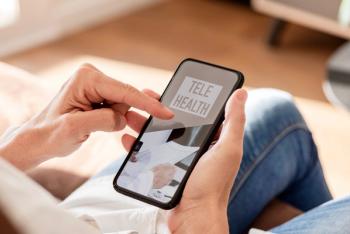
Biometrics and Artificial Intelligence
As more states enact biometric laws (although none are as robust as Illinois), healthcare AI companies, covered entities, and business associates should take note and take steps to update compliance programs in order to reduce the risk of a lawsuit and a potentially criminal HIPAA violation.
The intersection of Artificial Intelligence (“AI”) and biometrics represent emerging areas of the law, which cannot be overlooked by the healthcare sector. A recent Illinois case involving Section 15(b) of the
Although not a healthcare industry case, there are several take-aways from the Court’s recent Memorandum Opinion and Order in
Let’s take a moment to consider how this may have potentially criminal HIPAA implications.
Back to the Clearview case. The Complaint alleges that Clearview violated BIPA Section 15(b) by failing to obtain permission to create and store faceprints of the persons depicted in the photographs that it scrapes and uploads into its database. Section 15(b) precludes a private entity from collecting, capturing, purchasing, receiving, etc. a person’s or a customer’s biometric identifier(s) without first receiving a written release from the subject or his/her legal representative that provides consent. BIPA also requires that the specific purpose and length of the term be disclosed. In some ways, this is similar to HIPAA, which requires the specifics of the PHI sale to be disclosed in the written authorization and also providing the patient or his/her legal representative the option of opting out.
Overall, the Court in Clearview found that the Illinois legislature had the power to enact the statute, BIPA furthers an important governmental interest, and because BIPA does not prohibit Clearview from collecting data but fundamentally requires it to “provide notice and receive consent” from the Illinois individual involved, this is not a limitation on one’s First Amendment Rights. As more states enact biometric laws (although none are as robust as Illinois), healthcare AI companies, covered entities, and business associates should take note and take steps to update compliance programs in order to reduce the risk of a lawsuit and a potentially criminal HIPAA violation.
About the Author
Rachel V. Rose , JD, MBA, advises clients on compliance and transactions in healthcare, cybersecurity, corporate and securities law, while representing plaintiffs in False Claims Act and Dodd-Frank whistleblower cases. She also teaches bioethics at Baylor College of Medicine in Houston. Rachel can be reached through her website, www.rvrose.com .
Newsletter
Optimize your practice with the Physicians Practice newsletter, offering management pearls, leadership tips, and business strategies tailored for practice administrators and physicians of any specialty.











